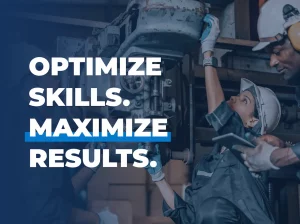
This lesson is designed for participants familiar with basic mathematical operations including algebra.
This lesson presents the basic principles of pressure measurement and applications of direct and inferred pressure measurement methods. Various pressure instruments are presented including manometers, mechanical pressure sensors, and transducers.
This lesson is designed for participants familiar with basic mathematical operations including algebra.
This lesson describes the properties of fluids that are a factor in the measurement of their flow. In addition, the lesson explains how differential pressure measurements can be used to determine flow rate. Various types of flow measurement devices and their principles of operation are also discussed.
This lesson is designed for participants familiar with basic mathematical operations including algebra.
This lesson presents the basic principles of temperature measurement and the application of temperature measuring instruments. Various temperature measuring instruments are discussed including thermometers, pyrometers, thermocouples, resistance temperature detectors, and thermistors.
This lesson is designed for participants familiar with basic mathematical operations including algebra.
This lesson describes the fundamentals of level measurement and the sensors employed. Applications for both direct and indirect level measurement are covered including float-type devices, hydrostatic head and differential pressure measurements, as well as electrical, ultrasonic, and radiation instruments.
This comprehensive interactive multimedia training program was produced in association with the Instrument Society of America (ISA). This four individual lesson program trains participants in the principles of process control and measurement.
This program is an excellent entry-level course for engineers, technicians, and operators as well as for the multicraft training needs of process and manufacturing facilities.